Writing leads is a bitch.
But I just wrote a great one. How do I know? You read the second sentence. And now you’re on the fifth. I’m on a roll. You’re into sentence number seven and I love you for it.
The objective of the first sentence (often called the lead, or lede) is to get you into the second one. Some say the lead is the first paragraph and, as you must have gathered, its goal is to get you to read the paragraph that follows.
Of course, the headline ranks highest, so those that dole out writing advice tend to focus on it. I thought we’d focus on the lead today. When it fails you, your reader takes in only two lines. That’s a form of rejection no writer can live with.
So let’s get back to that bitch
At this year’s International Association of Procrastinators Conference (which was originally scheduled for last year), a poll determined the hardest part of every task is getting started.
Beginning a blog post is no exception. The challenge often thwarts the progress of the most successful professionals. Kristi Hines, professional blogger of the highest order, told me:
“For me, the lead is the most difficult part of the article to write. I’ve found that when I get stuck, the best approach is to write the rest of the article and circle back to it. By that point, I know exactly what I’ve covered in the article and that makes it easier to introduce the content. Otherwise, if I try to force the lead out first, I end up procrastinating on the whole piece.”
We have our first tip: skip the lead if it freezes you. Try to switch to defrost and just dive into the story.
Open with empathy
“Statistically, the leads that get the highest traffic are what I call ‘empathic openings,’” wrote Jon Morrow in response to my question about how to make your lead effective.
Jon is not only as talented a blogger as you’ll find, his occupational mission is to help bloggers succeed. Jon continued, “You describe the reader’s current situation, thoughts, and emotions, proving you understand exactly where they are before you start giving them advice. At BoostBlogTraffic.com, we require all of our posts to have empathic openings.”
Here’s Jon practicing what he preaches in the opening to “20 Ways to Be Just Another Mediocre Blogger Nobody Gives a Crap About.”
“A troubling thought, isn’t it?” (He refers to his headline, of course.)
“You’re slaving away at your blog, but you can’t help wondering if you have a shot in hell of getting anyone to read it.”
“What makes you any different from the millions of other bloggers hoping for attention?”
Troubling… slaving… wondering… Now there’s some empathy. Jon’s mastered the fine art of what he’s dubbed “the 2 a.m. test,” meaning you make a powerful emotional connection with your reader when you speak to exactly what keeps him or her up at night.
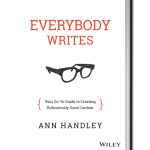 Clearly, Ann Handley agrees. In her new book “Everybody Writes,” author, columnist, LinkedIn “INfluencer” and chief content officer of Marketing Profs, she offers an entire chapter titled, “Develop Pathological Empathy.” Ann wrote, “The best way to keep readers reading is to talk about them, not you.”
Clearly, Ann Handley agrees. In her new book “Everybody Writes,” author, columnist, LinkedIn “INfluencer” and chief content officer of Marketing Profs, she offers an entire chapter titled, “Develop Pathological Empathy.” Ann wrote, “The best way to keep readers reading is to talk about them, not you.”
Invite readers to a party
We’re not done with Ann. And Ann’s not done helping you write rockin’ leads. “Everybody Writes” dedicates a chapter to it because the first and last sentence of your work, says Ann, deserve special love.
In classic, helpful, how-to style, Ann dishes forth a menu of useful options for writing leads like a pro:
- — Put your reader into the story (as Jon’s done above).
- — Describe a problem your reader can relate to.
- — Set a stage.
- — Ask a question.
- — Quote a crazy or controversial bit of data.
- — Tell a story or relay a personal anecdote.
- — Use an analogy.
- — Make a bold statement. (Note my lead again: “Writing leads is a bitch.” Maybe it’s an analogy?)
For a more complete picture, get a copy of Everybody Writes and open to Chapter 17, “A Good Lede Invites You to the Party and a Good Kicker Makes You Wish You Could Stay Longer.” (A tasty line from Articulate Marketing’s Matthew Stibbe.)
Start a conversation with you
“The simplest way (to write an effective lead) is to ask a question. It gets people thinking and it engages them right away. Typically you want the question to be short and to the point.”
I got this tip from Neil Patel whose credentials as a blogger can only be challenged by his stunning resume as an entrepreneur in the software space. Neil writes for the companies he’s founded including Crazy Egg and KISSmetrics and is a shockingly prolific and popular guest blogger at numerous sites dedicated to online marketing.
I love this, also from Neil:
“You also want to use the words ‘you’ and ‘I’ as it will make the question feel more like a conversation.”
Read my post, “The Most Effective Online Marketers Focus on One Thing” to learn just how fervently I agree with Neil on this point.
Surprise
Want more ideas for writing a great lead? I thought I might mine some good ones by posing my question to the 14,000+ members of my favorite LinkedIn Group, Content Marketing Academy. Dustin Driver, director of marketing at Droplr, put some serious thought into his reply…
A great lead (lede) surprises, intrigues, titillates, inspires. It can be the most astounding, arresting, or juicy fact of your story:
“Studies show that a solid lede can increase conversion rates by 200 percent.”
It can be personal:
“A great lede led me to the love of my life. True story.”
It can ask and answer a question (however this is a little overdone):
“How do you write a great lede? With vim and vigor, of course.”
It can be narrative:
“Caffeine coursed through his body, constricting his vision to a narrow aperture. The outside world faded. Only the lede remained. His fingers danced over the keyboard.”
It can be clever and erudite:
“Through the annals of history great ledes have spurred men to extraordinary feats, sparked roiling conflicts, and even inspired 72-year-old Agnes Paulson to write a stern letter to the editor.”
Wow. Thank you Dustin. Dustin recommends reading “On Writing Well,” by William Zinsser and “Elements of Style” by William Strunk. Thanks for that too.
More strong ideas from the academy
My question inspired a lot of great ideas, including:
- “One very effective approach is to lead with a question you’ve actually heard asked by one or more of your target readers.”
~ Carolyn Drozdiak, sr. account sales manager, Software Solutions
- “You write a good lede by creating a subtle tension (raising a question, turning a phrase, hinting at a solution).”
~ John Bradley, media, marketing, and brand strategist
- “Start with a story. Read this post (from Buffer) for convincing evidence.”
~ Carolyn Frith, B2B content marketing strategy and content creation
- The first or second sentence should set up the conflict, drama or point of the piece. Readers will make a snap judgment about whether or not to read on so grab them early.
~ Phaedra Hise, content maven, wizard of words
Short and sweet examples
“30 Action Items to Get Serious About Influencer Marketing” is my most popular post in recent months. Its lead:
“Want sway? Who doesn’t? We all want to be influential.”
That worked.
This suck-you-into-the-story lead is from former HubSpot employee Diana Urban, in her post “50 Tweetable Twitter Tips You Wish You Knew Years Ago.”
“Want to get more followers and increase engagement on Twitter? Or … just want to make sure people don’t think you’re a space case on Twitter?”
I’ve concluded this one worked well. It comes from the post “A New Study Suggests People Who Don’t Drink Alcohol Are More Likely to Die Young,” by Helen Jupiter, which has been shared 3-million times.
“A newly released study shows that regular drinkers are less likely to die prematurely than people who have never indulged in alcohol.”
If there’s a blogger you can count on to tickle you into the post, it’s my friend Henneke of Enchanting Marketing, author of “Blog to Win Business.” Here’s how she opens “How to Write a Good Blog Post Super-Fast (and the Joy of Slow-Blogging).”
“I have a confession to make.”
“I’m a little jealous.”
“I have a friend and he writes super-fast. He can write a report of 10,000 words in 1 day. That’s ten thousand words in one day.”
“It took me about a day to write this blog post.”
The girl’s got rhythm. And if you sniff some Jon Morrow styling, you have a good nose. Henneke cites Jon as an influence.
Picture your reader
I had to ask my buddy Doug Kessler of Velocity Partners how to write a great lead, because I don’t believe he’s ever written one that didn’t hook me. Doug replied:
“I picture my reader as a smart, funny person with very, very little time on her hands and lots of claims on that time. This reminds me to do two things: EARN her attention and REWARD it.”
Get to the point?
I love going to marketing conferences because I never fail to meet interesting and talented people. This was definitely the case last week at Content Jam in Chicago where I came to know Russ Henneberry of DigitalMarketer.com, who penned “Six Headsmackingly Simple Ways to Write Better Blog Posts.”
I’ve elected to close with a passage from Russ’ killer article where he recommends you focus on intros. Take it away Russ…
Often the weakest part of an article is the introduction. Sometimes an article will go from good to great just by chopping off the first 5 paragraphs and getting the reader to the point much more quickly.
Here’s a trick… use a very punchy, curiosity building sentence to open every post. This sentence should be short (rarely longer than 8 words.)
The idea here is to open with a simple sentence that is easy to read and that builds curiosity. This first sentence is intended to create a “greased chute” (I stole that term from Joe Sugarman) that forces them down the page.
Once you get someone started down the chute it’s much easier to keep them moving. The tough part is getting them started.

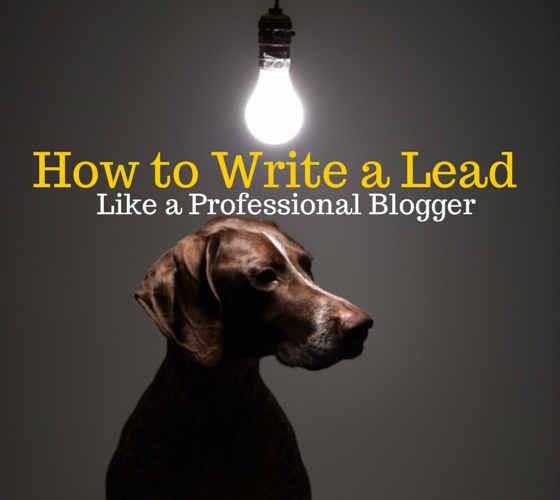

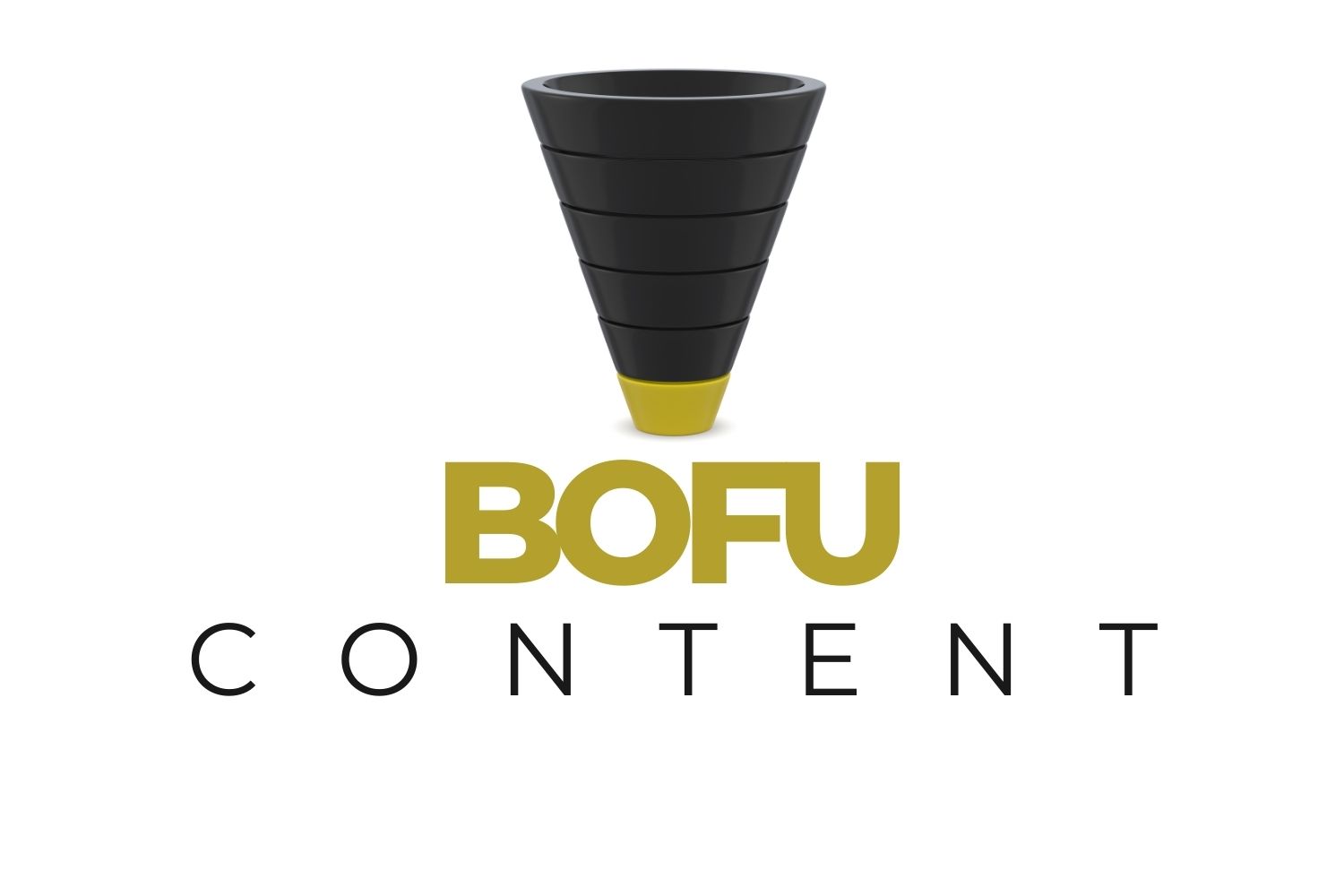
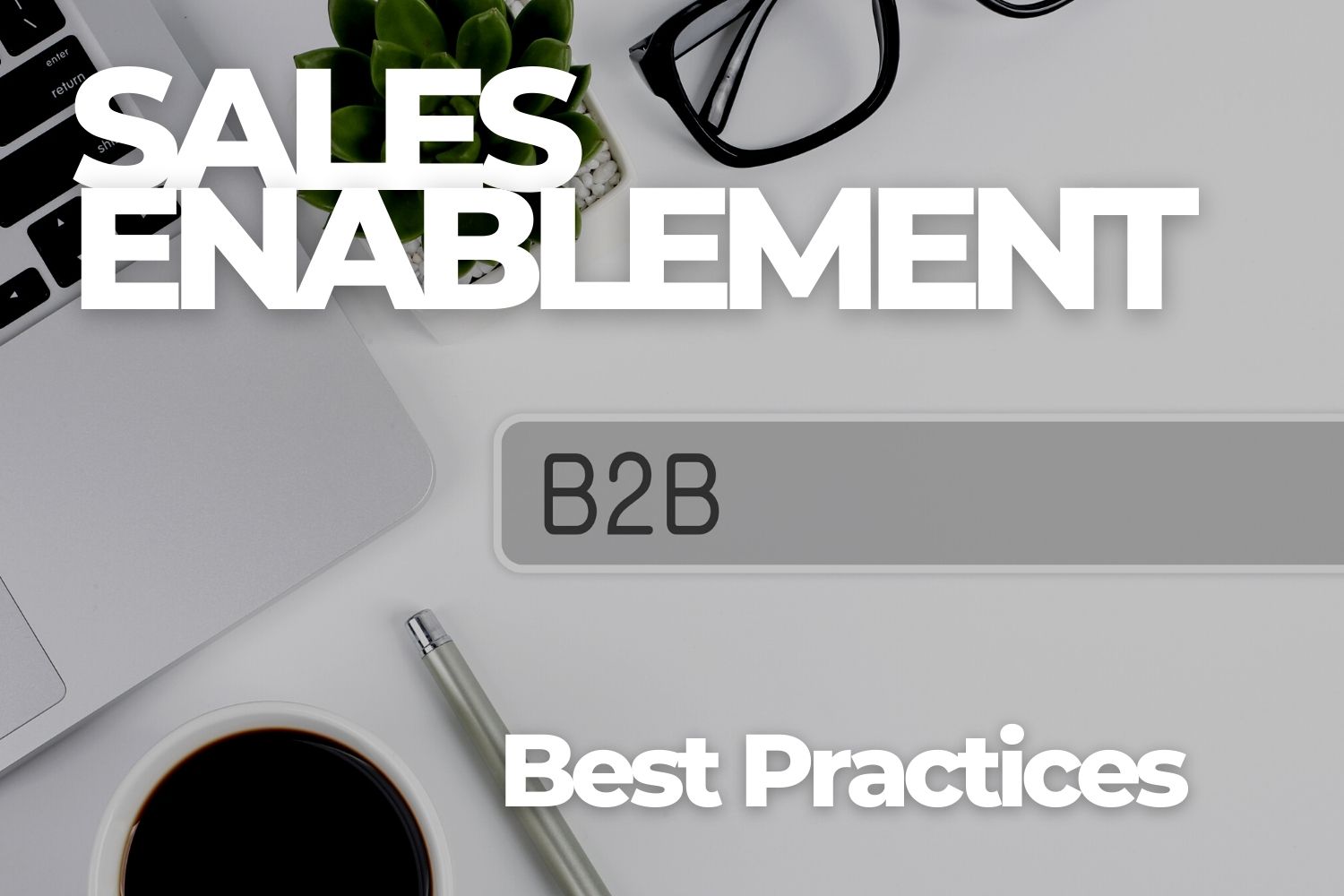

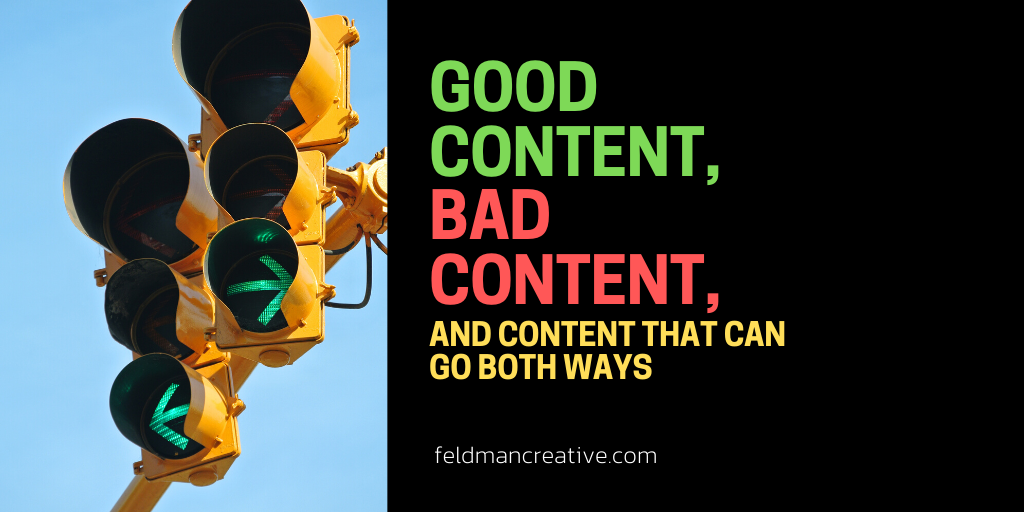
Comments
Henneke
I love the way you’ve done this post – it has your personality but you’ve still included lots of other people. Great way to do a round-up that’s more than a boring round-up.
And thank you for your kind words 🙂
Henneke
Great article, Barry. Shared already 🙂
I love how you’ve written a post with strong personality while quoting a lot of others. Much much nicer than the usual round-up posts, which I often find rather boring.
And thank you for your kind words!
Pete Davenport
Making a test comment
Hoyt Holmes
Great stuff. One small gripe that gets my editorial skin crawling … it’s LEDE not LEAD.
Barry Feldman
It’s lead or lede. Traditionally, it’s actually “lead,” which means what it says.
Hoyt Holmes
Hi Barry,
What’s your source on that? My journalism profs all taught me the exact opposite. Curious how they missed it, if as you say, “lead” is the traditional term.
Dan
Barry Feldman
Check out “Everybody Writes.” Once upon a time, it was “lead,” which meant what it implies. The part that leads the story. However, it was often confused with the typesetting terms, leading (space between lines), so journalists respelled it. They mean the same thing though. (And I don’t think what we do as content marketers is journalism anyway.)
The best approaches for writing a lead: Advice from pro bloggers | Networld Interactive
[…] Barry Feldman is a content marketing consultant, copywriter, social media advisor and more. This post has been adapted from an original version on his blog, Feldman Creative. […]
Witty Cookie
Great concept and Very nice unique post. I really glad to found you. I recommend this page to my all friends.
Regards
vancouver internet marketing
Top Content and Lessons Learned in 2014
[…] How to Write a Lead Like a Professional Blogger […]
3D Exterior Rendering
I appreciate with your blog in this you give information for how to make lead and ideas are give to tips will be some extra time to write and solve to different type.
Thank You.